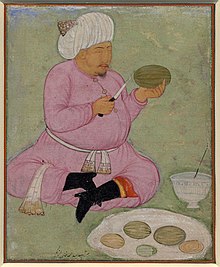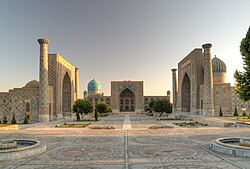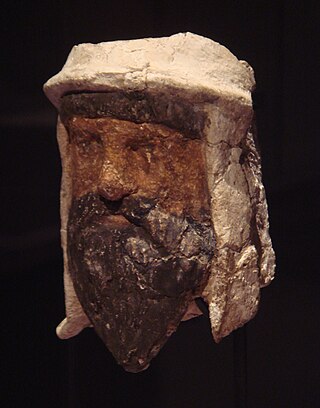
Tajikistan harkens to the Samanid Empire (819–999). The Tajik people came under Russian rule in the 1860s. The Basmachi revolt broke out in the wake of the Russian Revolution of 1917 and was quelled in the early 1920s during the Russian Civil War. In 1924, Tajikistan became an Autonomous Soviet Socialist Republic of the Soviet Union, the Tajik ASSR, within Uzbekistan. In 1929, Tajikistan was made one of the component republics of the Soviet Union – Tajik Soviet Socialist Republic – and it kept that status until gaining independence 1991 after the dissolution of the Soviet Union.

Uzbekistan is a landlocked country in Central Asia. It is itself surrounded by five landlocked countries: Kazakhstan to the north; Kyrgyzstan to the northeast; Tajikistan to the southeast; Afghanistan to the south, Turkmenistan to the south-west. Its capital and largest city is Tashkent. Uzbekistan is part of the Turkic languages world, as well as a member of the Organization of Turkic States. While the Uzbek language is the majority spoken language in Uzbekistan, Russian is widely used as an inter-ethnic tongue and in government. Islam is the majority religion in Uzbekistan, most Uzbeks being non-denominational Muslims. In ancient times it largely overlapped with the region known as Sogdia, and also with Bactria.
The Uzbeks are a Turkic ethnic group native to the wider Central Asian region, being among the largest Turkic ethnic group in the area. They comprise the majority population of Uzbekistan, next to Kazakh and Karakalpak minorities, and are also minority groups in Afghanistan, Tajikistan, Kyrgyzstan, Kazakhstan, Turkmenistan, Russia, and China. Uzbek diaspora communities also exist in Turkey, Saudi Arabia, United States, Ukraine, and other countries.

Muhammad Shaybani Khan was an Uzbek leader who consolidated various Uzbek tribes and laid the foundations for their ascendance in Transoxiana and the establishment of the Khanate of Bukhara. He was a Shaybanid or descendant of Shiban, the fifth son of Jochi, Genghis Khan's eldest son. He was the son of Shah-Budag, thus a grandson of the Uzbek conqueror Abu'l-Khayr Khan.
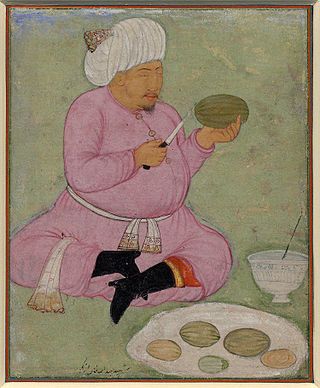
Abdullah Khan (1533/4–1598), known as "The Old Khan", was an Uzbek ruler of the Khanate of Bukhara (1500–1785). He was the last uncontested Shaybanid Khan of Bukhara from 1583 until his death.

The Uzbek Khanate, also known as the Abulkhair Khanate was a Shaybanid state preceding the Khanate of Bukhara. During the few years it existed, the Uzbek Khanate was the preeminent state in Central Asia, ruling over most of modern-day Uzbekistan, much of Kazakhstan and Turkmenistan, and parts of southern Russia. This is the first state of the Abulkhairids, a branch of the Shaybanids.

The Khanate of Khiva was a Central Asian polity that existed in the historical region of Khwarazm from 1511 to 1920, except for a period of Afsharid occupation by Nader Shah between 1740 and 1746. Centred in the irrigated plains of the lower Amu Darya, south of the Aral Sea, with the capital in the city of Khiva. It covered present-day western Uzbekistan, southwestern Kazakhstan and much of Turkmenistan before the Russian conquest at the second half of the 19th century.

The Emirate of Bukhara was a Muslim polity in Central Asia that existed from 1785 to 1920 in what is now Uzbekistan, Tajikistan, Turkmenistan and Kazakhstan. It occupied the land between the Amu Darya and Syr Darya rivers, known formerly as Transoxiana. Its core territory was the fertile land along the lower Zarafshon river, and its urban centres were the ancient cities of Samarqand and the emirate's capital, Bukhara. It was contemporaneous with the Khanate of Khiva to the west, in Khwarazm, and the Khanate of Kokand to the east, in Fergana. In 1920, it ceased to exist with the establishment of the Bukharan People's Soviet Republic.
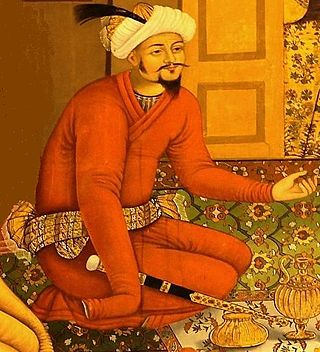
Valī Muḥammad Khān the son of jani bek was a leader of the Ashtarkhanid dynasty in the Khanate of Bukhara from 1605–1611 AD.

The Shibanids or Shaybanids or more accurately the Abu'l-Khayrid-Shibanids, were a dynasty of Turko-Mongol origin, who ruled over most of modern-day Kazakhstan, much of Uzbekistan, and parts of southern Russia in the 15th century. They were the patrilineal descendants of Shiban, the fifth son of Jochi and grandson of Genghis Khan. Until the mid-14th century, they acknowledged the authority of the descendants of Shiban's brothers Batu Khan and Orda Khan, such as Öz Beg Khan. The Shaybanids originally led the gray horde southeast of the Urals, and converted to Islam in 1282. At its height, the Khanate included parts of modern-day Afghanistan and other parts of Central Asia.

The Manghud, or Manghit were a Mongol tribe of the Urud-Manghud federation. Manghuds who moved to the Desht-i Qipchaq steppe were Turkified. They established the Nogai Horde in the 14th century and the Manghit dynasty to rule the Emirate of Bukhara in 1785. They took the Islamic title of Emir instead of the title of Khan, since they were not descendants of Genghis Khan and rather based their legitimacy as rulers on Islam. The clan name was used for Mongol vanguards as well. Members of the clan live in several regions of Central Asia and Mongolia.

Abu'l-Khayr Khan, also known as Bulgar Khan, was Khan of the Uzbek Khanate which united the nomadic Central Asian tribes.

Shiban (Sheiban) or Shayban was a prince of the early Golden Horde. He was a grandson of Genghis Khan, the fifth son of Jochi and a younger brother of Batu Khan who founded the Golden Horde. His descendants were the Shaybanids who became important about two centuries later.
The history of Bukhara stretches back millennia. The origin of its inhabitants goes back to the period of Aryan immigration into the region. The city itself, currently the capital of the Bukhara Region (viloyat) of Uzbekistan, is about two and a half thousand years old. Located on the Silk Road, the city has long been a centre of trade, scholarship, culture, and religion. During the Golden age of Islam, under the rule of Samanids, Bukhara became the intellectual centre of the Islamic world. In medieval times, Bukhara served as the capital of the Khanate of Bukhara and was the birthplace of Imam Bukhari.

During the mid-eighteenth century the Afsharid empire of Nader Shah embarked upon the conquest and annexation of the Khanates of Bukhara and Khiva. The initial engagements were fought in the late 1730s by Nader Shah's son and viceroy Reza Qoli Mirza who gained a few notable victories in this theatre while Nader was still invading India to the south. Reza Qoli's invasions of Khiva angered Ilbars Khan, the leader of Khiva. When Ilbars threatened to make a counter-attack Nader ordered hostilities to cease despite his son's successes and later returned victoriously from Delhi to embark on a decisive campaign himself.
Kuchkunji Khan (1452–1531) - a descendant of the Timurid Mirzo Ulugbek, the third representative of the Uzbek dynasty of Shaybanids, who ruled in the Bukhara Khanate in 1512–1531.
Daniyal Biy was the Uzbek ruler (atalyk) of Bukhara from 1758 to 1785. His father was Khudoyar biy. The previous ruler of the Bukharan Khanate, Muhammad Rahim Khan, died in 1758 and was succeeded by Daniyal Biy, his uncle.
Bāqī Muḥammad K̲h̲ān was the son of Jani Muhammad/Jani Bek and a leader of the Ashtarkhanid dynasty in the Khanate of Bukhara from 1599–1605 AD.
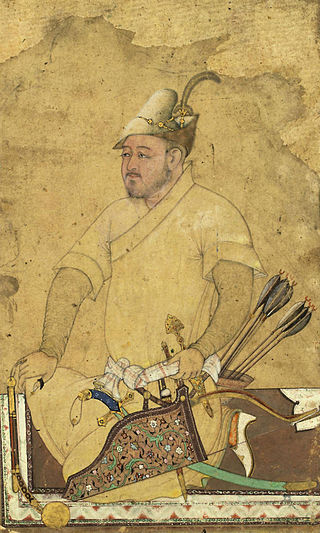
Traditionally, it is believed that there are 92 clans and tribes of Uzbeks in the old sense of the term of nomadic Desht-i-Kipchak origin. As the modern historian T.Sultanov has established, these 92 "tribes" include "the names of the majority of Turkic and some non—Turkic ethnic groups that inhabited Central Asia at that time".
The Janids or Astrakhanids were a Muslim ruling dynasty in Central Asia. They ruled the Khanate of Bukhara from 1599 unti 1785.


